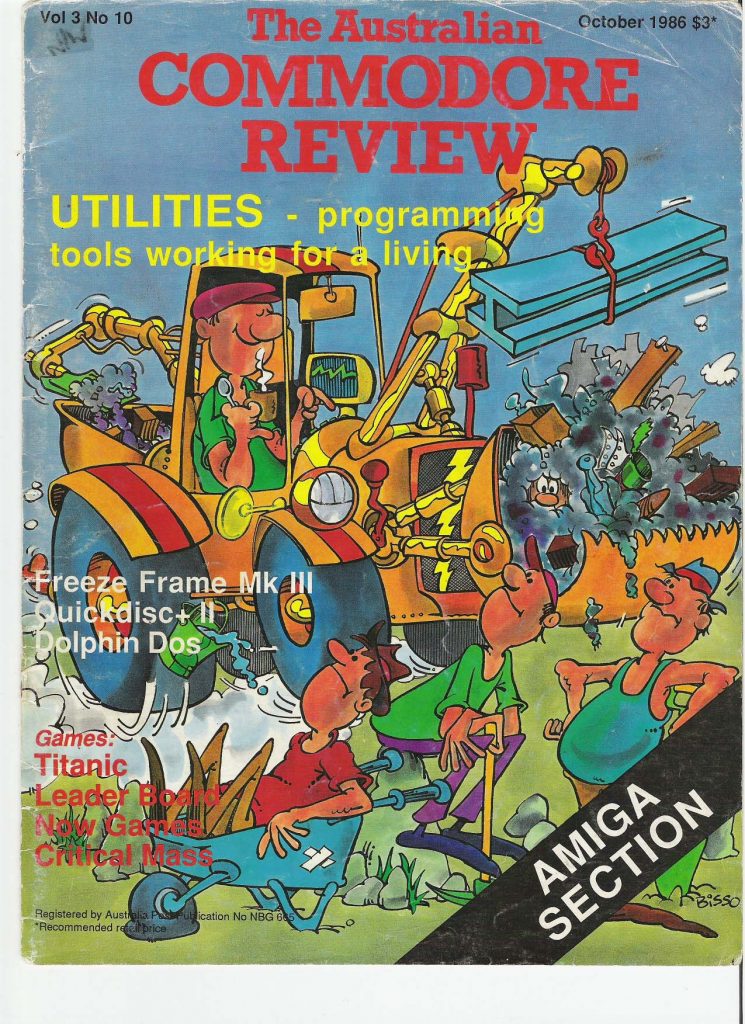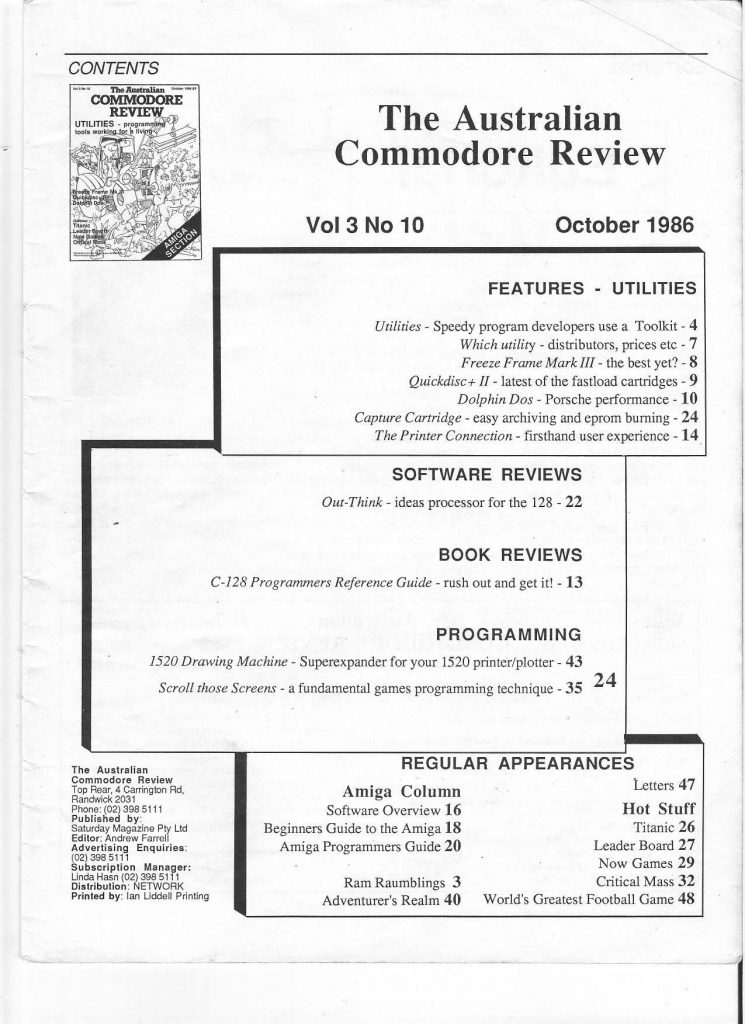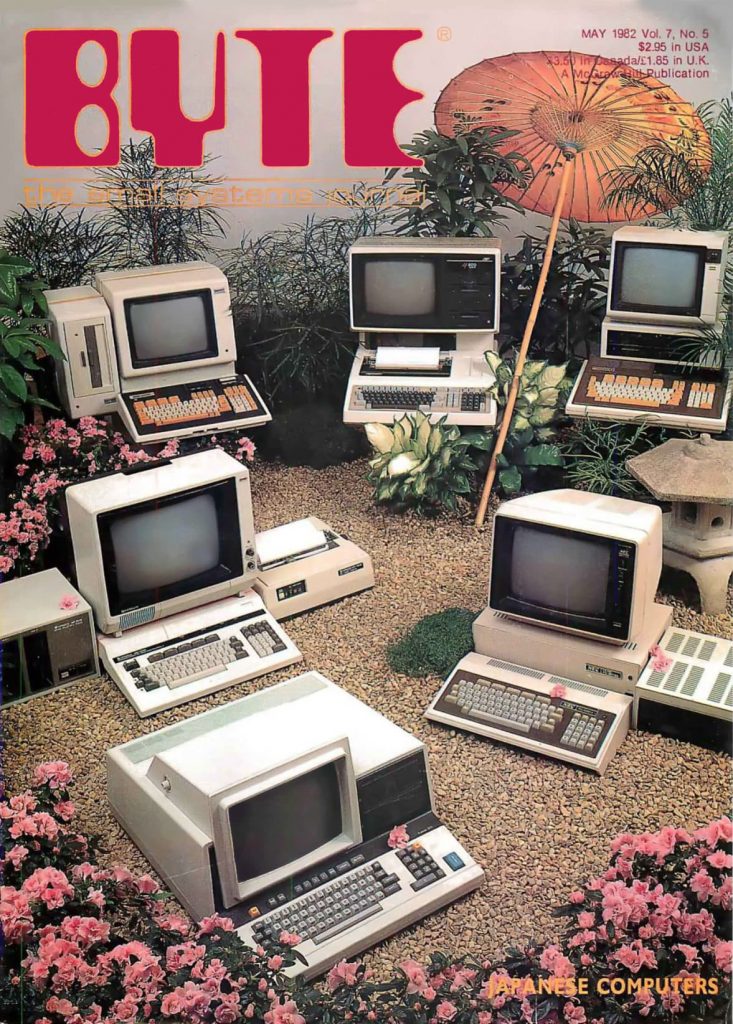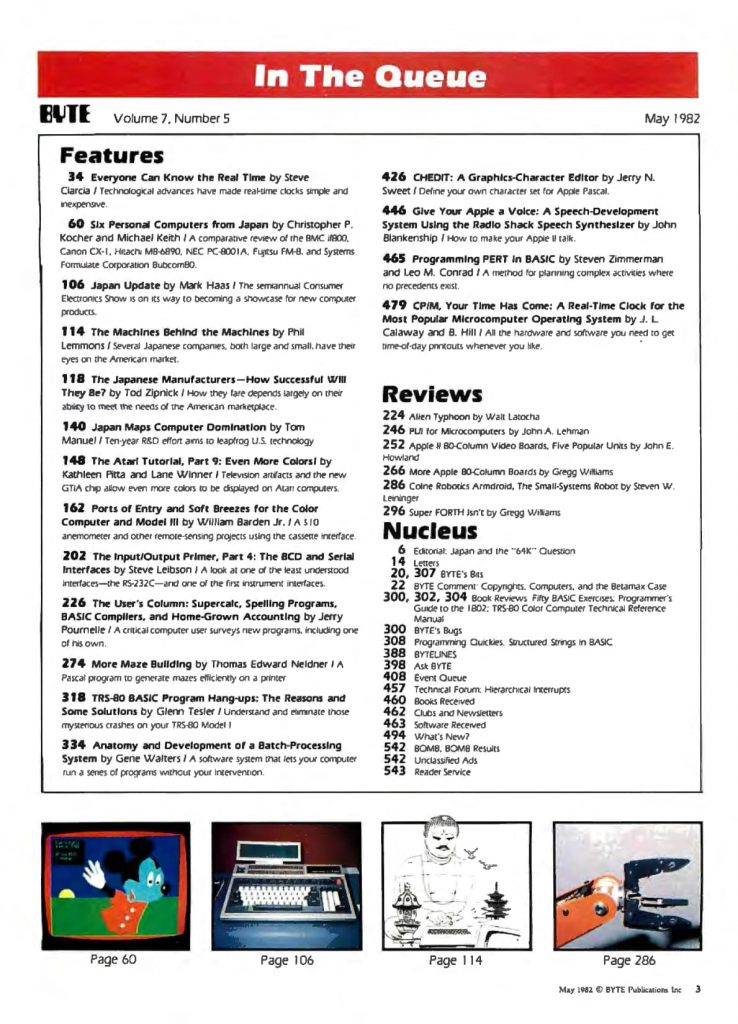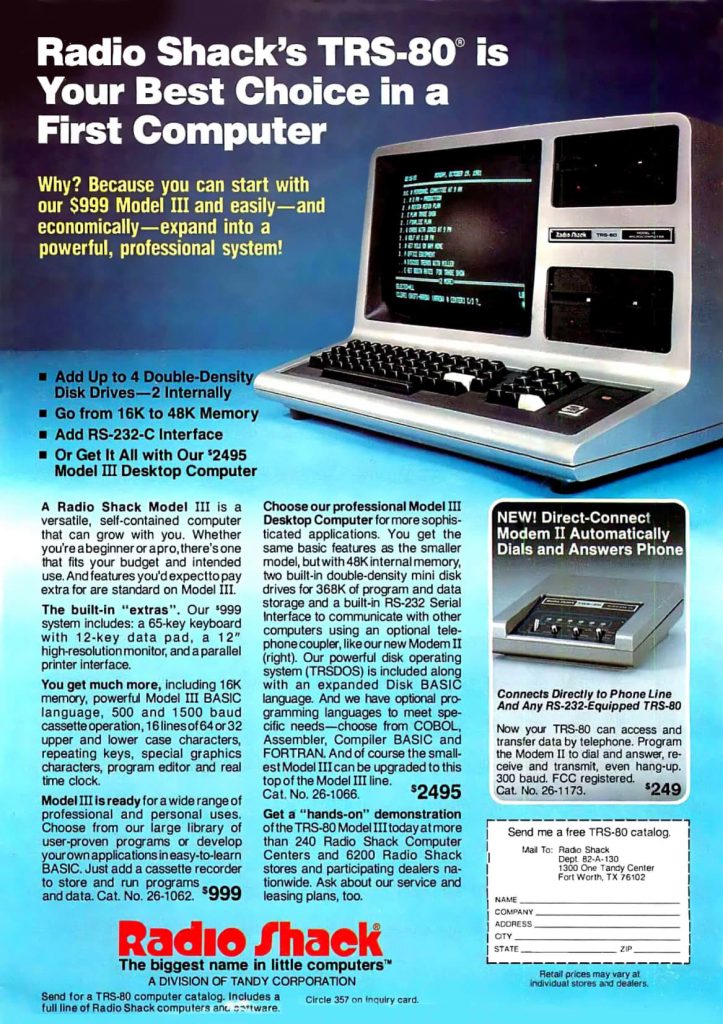The Australian Commodore Review was a magazine published in Australia that covered Commodore computers, including the Commodore 64 and Amiga. The October 1986 issue includes:
Features – Utilities
- Utilities – Useful utilities to use when programming, including things such a Pet Emulator, DOS Wedge, SIDMON, Graphics Master, and more.
- Which Utility – A guide to utilities and their prices. Some items listed here include Final Cartridge, Fast Load, Vorpal Utility Kit, and more.
- Freeze Frame Mark III – A review of this cartridge the primary purpose of which is to capture the contents of memory and save it to disk.
- Quickdisc+ II – The stock Commodore 64 disk drive was notoriously slow but there were many solutions to this, including a variety of cartridges that would speed up loading (and other operations) by 5-10x. I’m most familiar with Fast Load and Warp Speed but this is another.
- Dolphin DOS – In addition to cartridges, there were also various DOS replacements for Commodore 64 disk drives that involved replacing the ROMs. The most famous of which is probably JiffyDOS but Dolphin Dos is another These not only sped up loading but also added additional functionality.
- Capture Cartridge – There were many other devices similar to the Freeze Frame Mark III cartridge mentioned above. While they had various functions, more often than not though, I’m pretty sure they were used to pirate games.
- The Printer Connection – Compatibility issues with the Commodore 128 and using a printer with multiple computers.
Software Reviews
- Out-Think – This was outlining software that was written for CP/M and could run in the Commodore 64’s CP/M mode.
Book Reviews
- C-128 Programmers Reference Guide – If you were serious about programming on the Commodore 128 then this was a must have book.
Regular Appearances
- Amiga Software Overview – A brief look at some of the software available for the Amiga in the categories of business, graphics, sound, and video.
- Beginners Guide to the Amiga – A introductory guide to the Amiga published by Compute!.
- Amiga Programmers Guide – Getting started with programming on the Amiga.
- Ram Ramblings – A brief look at new products including Print Shop Library Disk One, and Adventure Notepad.
- Adventurer’s Realm – A map of Zork including the items that appear at each location.
- Letters – Letters from readers about printers and a calendar bug.
- Titanic – A game in which you must bring the Titanic back to the surface.
- Leader Board – The classic golf game from Access.
- Now Games – A brief look at new games including Lords of Midnight, Pyjamarama, and Tales of the Arabian Nights.
- Critical Mass – This game was known as Power in the U.S. The goal was to disable a power station on an asteroid that has been taken over by aliens in your trusty hovercraft.
- World’s Greatest Football Game – A football game from Epyx. Not sure it was the world’s greatest but it was decent for its time.
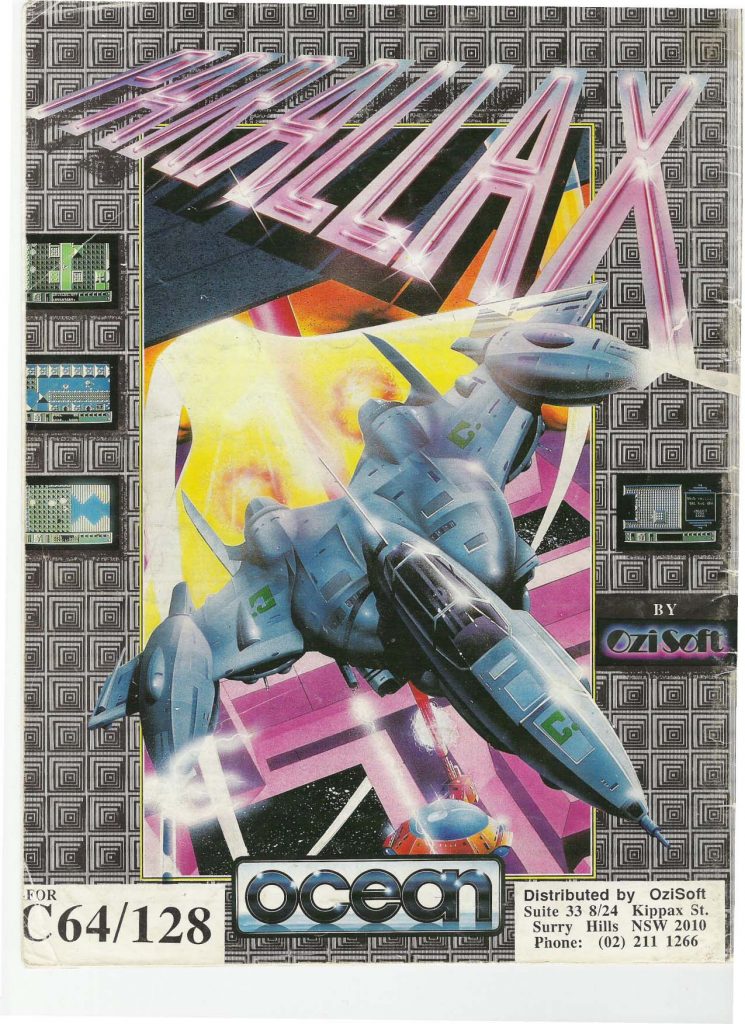
…and more!
